It has properties that neither component has. It is emergent behavior that comes from mixing two things that form a viscoelastic fluid. In that case, it is the gluten that starts to cross-link together and form a mesh, almost like polymers that are entangled.
DNA-based materials for real world use
Professor of Biomaterials
- DNA can be used to create programmable materials with highly specific interactions, thanks to its unique sequence-based binding properties.
- Viscoelastic materials, which behave as both liquids and solids, are common in biology. Cells and tissues are examples of biological objects that can behave as both solid and liquid.
- Proteins that naturally manipulate DNA in cells can be repurposed to control the behavior of DNA-based materials in biotechnology.
- DNA hydrogels offer promising applications, including tissue regeneration and bio-batteries, but large-scale production remains limited by the cost of DNA synthesis.
What are complex fluids?
Complex fluids and soft materials are essentially fancy words for “goo.” Anything that you can think of that is not purely solid, elastic or is not simply water, and actually many things around us — for instance, the paint on the walls — is a complex fluid. If you think about it, you want it to be easily spreadable without much effort when you paint the wall, but then you want it to dry without dripping. It is a behavior that you obtain not from water, not from something that is purely solid — you have to have something in between. It has to be viscoelastic. Most complex fluids and soft materials lie in this space of viscoelasticity.
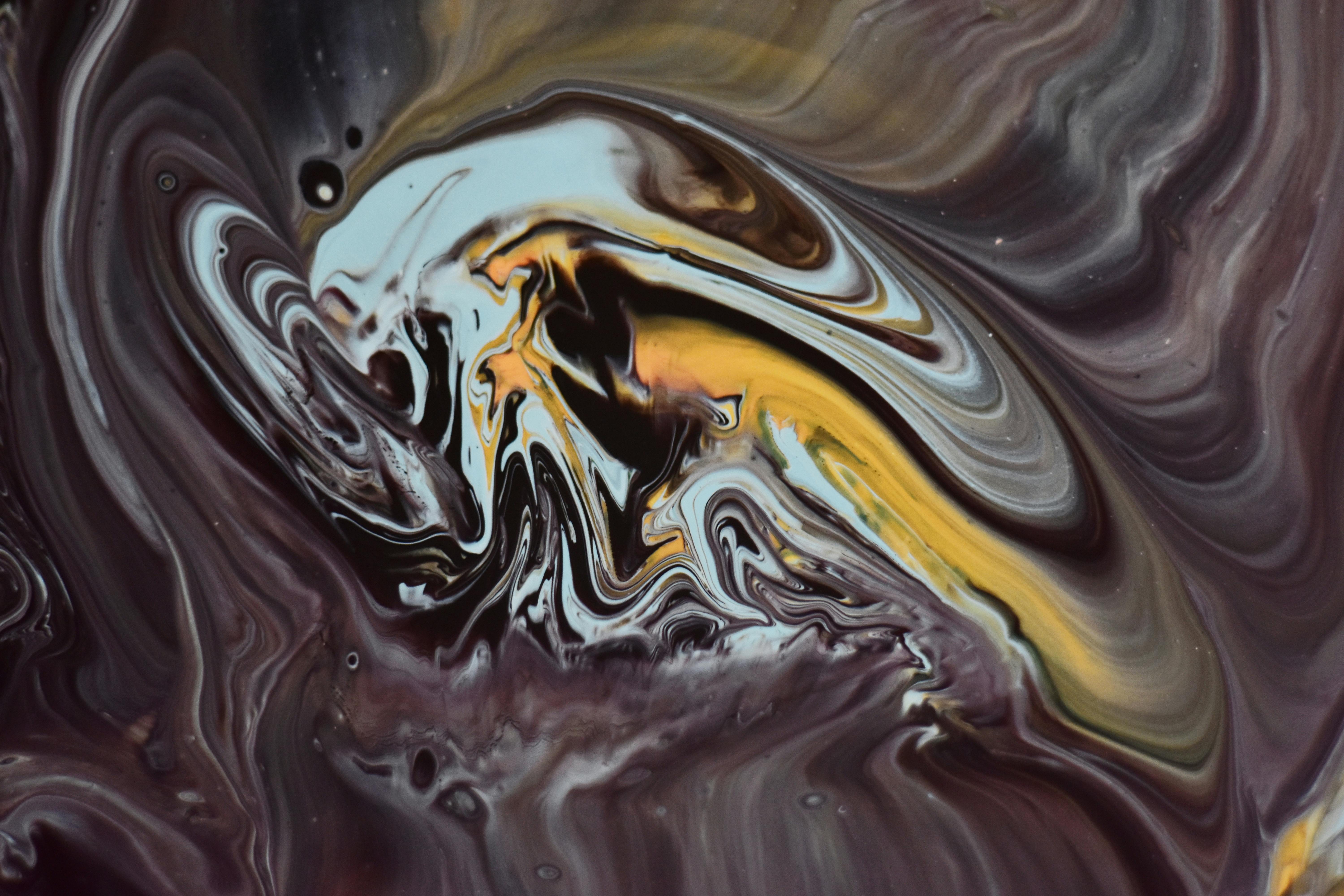 © Pexels
© Pexels
Complex fluids vs viscoelasticity
Viscoelasticity is the word that typically describes these complex fluids, in the sense that they are neither solid nor liquid. From everyday examples, you also find a lot of complex fluids in the kitchen. When you make bread dough or pizza dough, that is a typical, very interesting example where you mix water and flour, a solid component and a liquid component, and you get something sticky that is neither.
Everything that we have in our body is made of some kind of viscoelastic material — even our skin, our cells. All the molecules that fill the bag that is the cell contribute to forming a viscoelastic fluid because they are all entangled with each other and they interact in complex ways. The cell is neither solid nor liquid, and it can change behavior from being quite elastic to quite viscous, depending on the conditions, depending on the external environments. Most of the biological stuff sits somewhere in between.
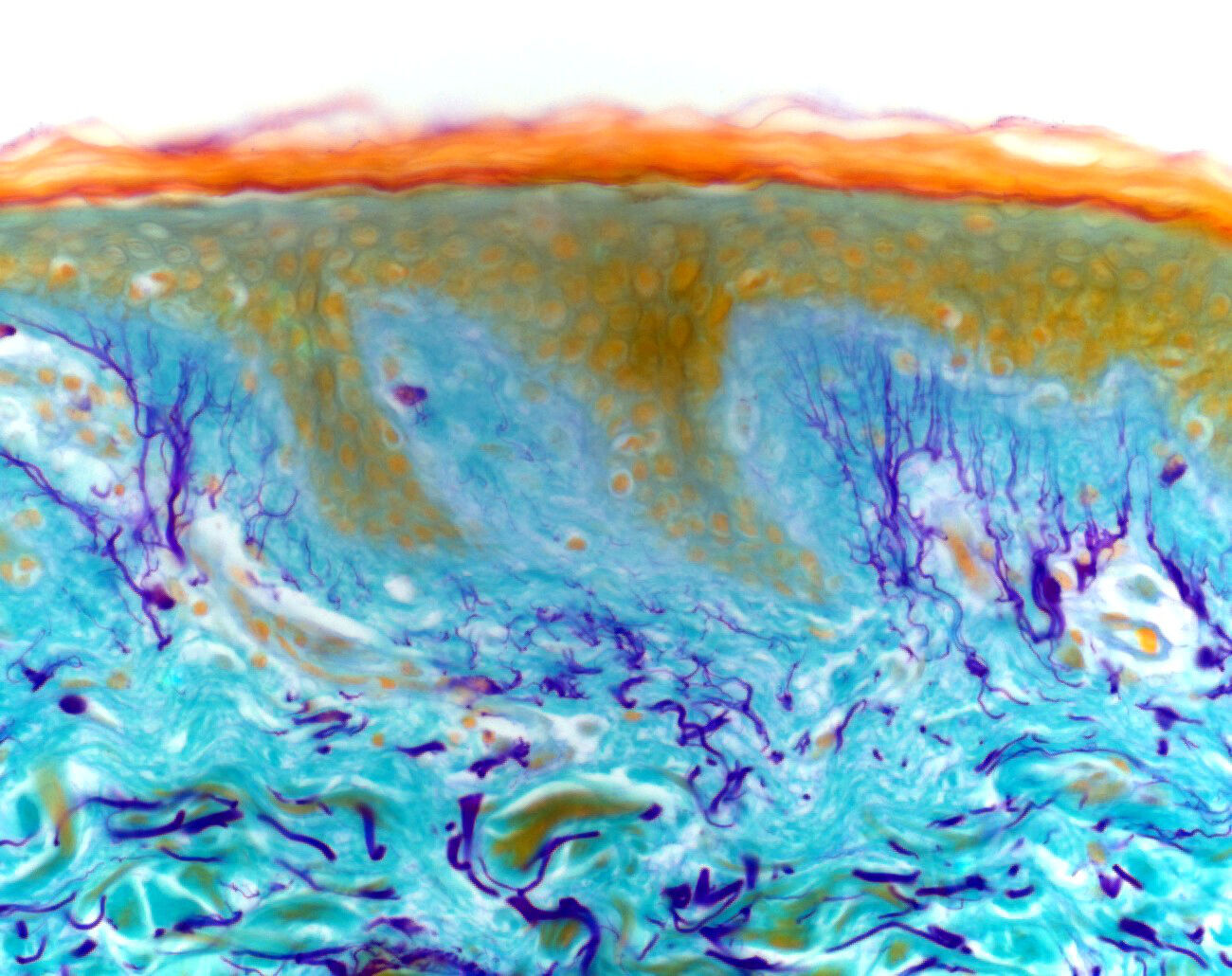 © Kevin Mackenzie, Wellcome Collection
© Kevin Mackenzie, Wellcome Collection
A lot of the theory developed for complex fluids and soft matter in the last 40 to 50 years, originally about synthetic polymers, has now been applied to biological systems. This is where my interest is.
Engineering DNA-based materials
Among the many complex fluids and soft materials that people are studying at the moment, there is also this realm of DNA-based materials. This is a really fascinating and interesting area of research for my group, because it combines the way DNA is manipulated and handled inside our cells with innovative ways of thinking about material science outside, for industrial purposes.
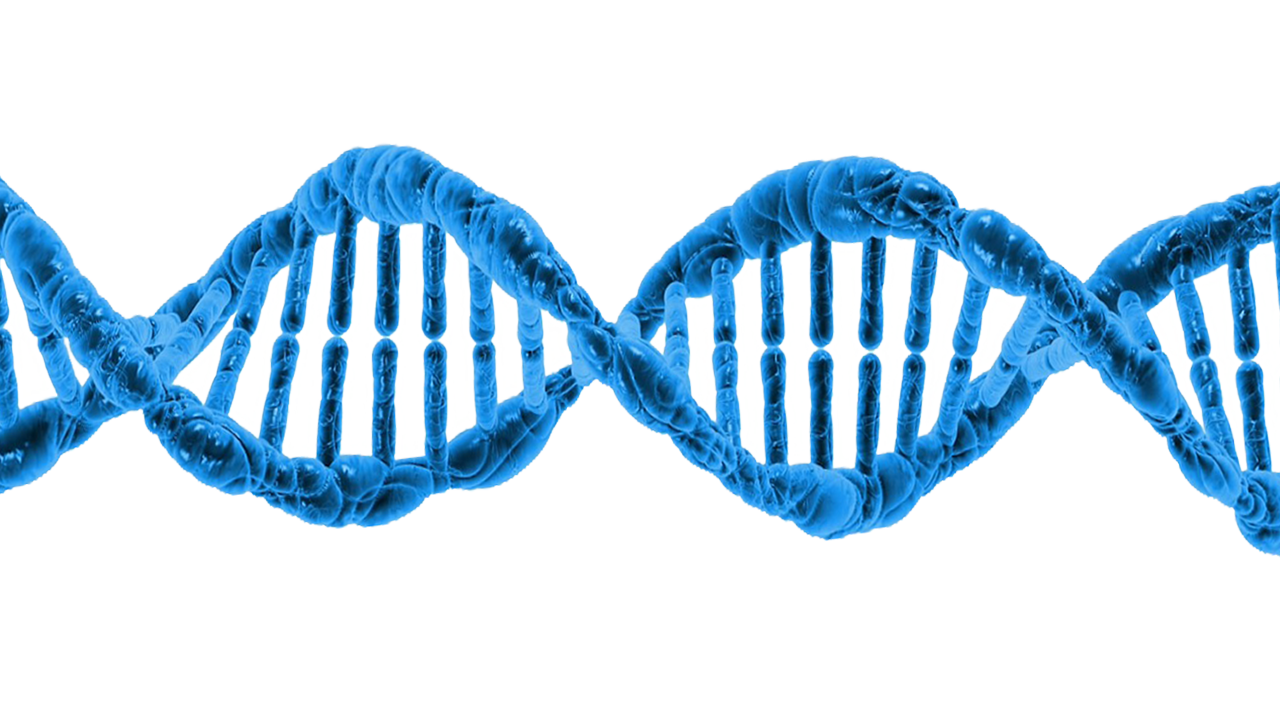 © Kadumago via Wikimedia Commons
© Kadumago via Wikimedia Commons
This is a very nice area of research for me, because it combines questions on DNA organization and how proteins organize and topologically manipulate DNA inside our cells with something that can actually find commercial and industrial applications.
We can use those very same proteins that manipulate DNA inside our cells to manipulate the behavior of DNA inside materials. What that means is that we can change the material and viscoelastic properties of these materials by using proteins. This has a range of applications and consequences in biotechnology.
For instance, we can have a material that, when it arrives in a certain cell, changes behavior depending on how much of a certain protein is expressed in that cell. This is the way we are trying to develop and improve the invention or discovery of new DNA-based materials, by using these properties.
Using DNA to design smarter polymers
The unique benefit of using DNA is really the selectivity. What is special about using DNA for these materials is that you can really design the structure of the building blocks. Synthetic polymers are typically made of the same unit. For instance, PEG — polyethylene glycol — is a typical polymer that you see in bottles, clothes or cosmetic products. It is made of identical units, and because they are all identical, you cannot really tell the polymer, "Oh, this part of the polymer should bind to that other part," because they are all the same.
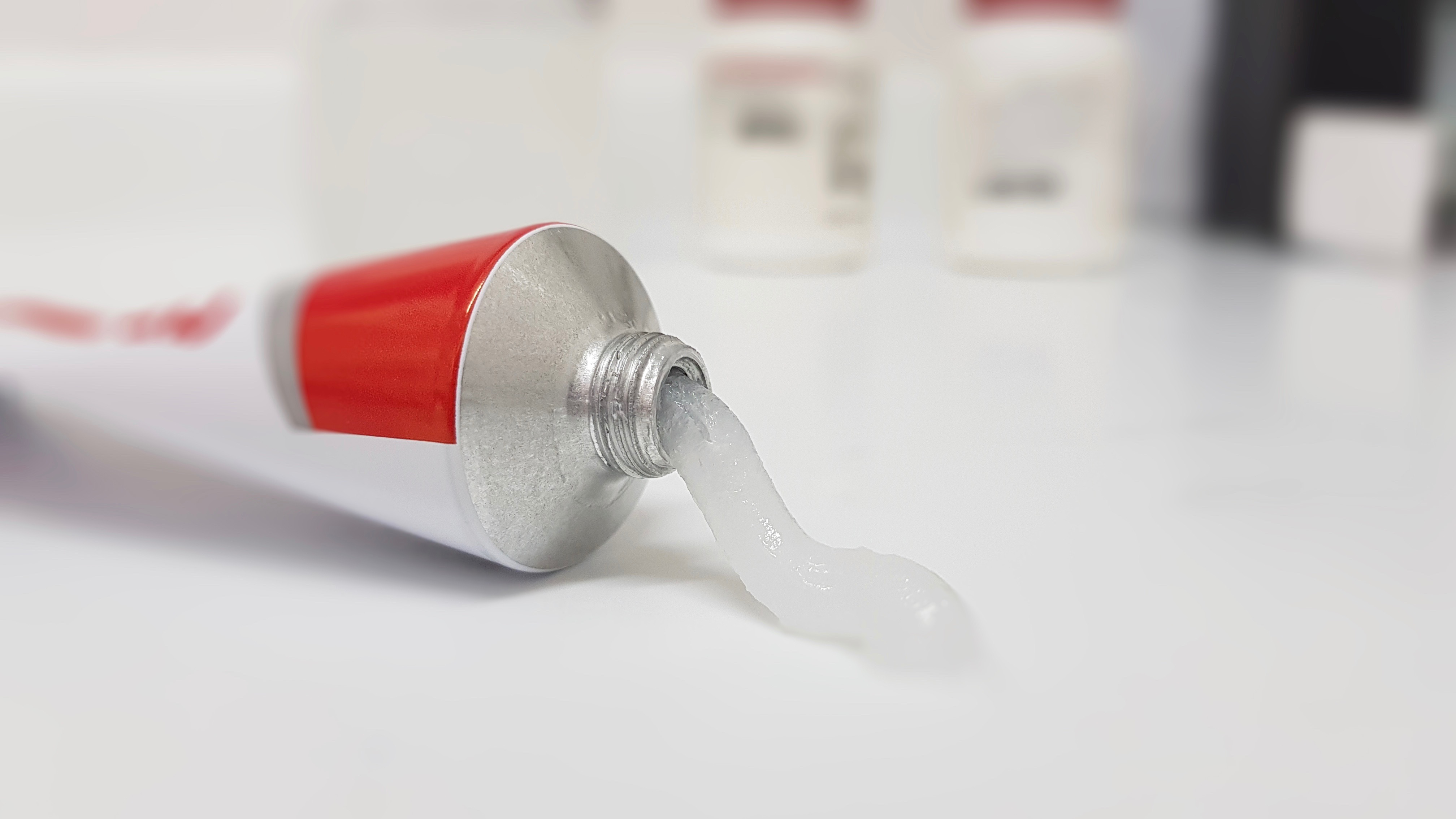 © Shutterstock
© Shutterstock
Instead, with DNA, the beautiful part is that, because there is a sequence of letters, there are many ways in which you can bind sequences together. For instance, you can encode a certain sequence to bind only a certain other sequence on another piece of polymer because they are complementary to each other.
By using these Watson-Crick base-pairing rules, which were evolved by nature to make a template so that DNA could be replicated faithfully and divided into daughter cells, we are using that same strategy to create materials that have very selective interactions between polymers. This would not be possible using any synthetic polymers that we have.
Making gels and droplets with DNA
There are some materials that we are building at the moment using DNA. For instance, one of them is called DNA nanostars. These DNA nanostars are formed by three oligos — short segments of single-stranded DNA — that are designed so their sequences are complementary. Imagine the first oligo is complementary to the first half of the second; the second part of the second is complementary to the first part of the third; and the second part of the third is complementary to the first part of the first. In this way, you form a little star with three arms.
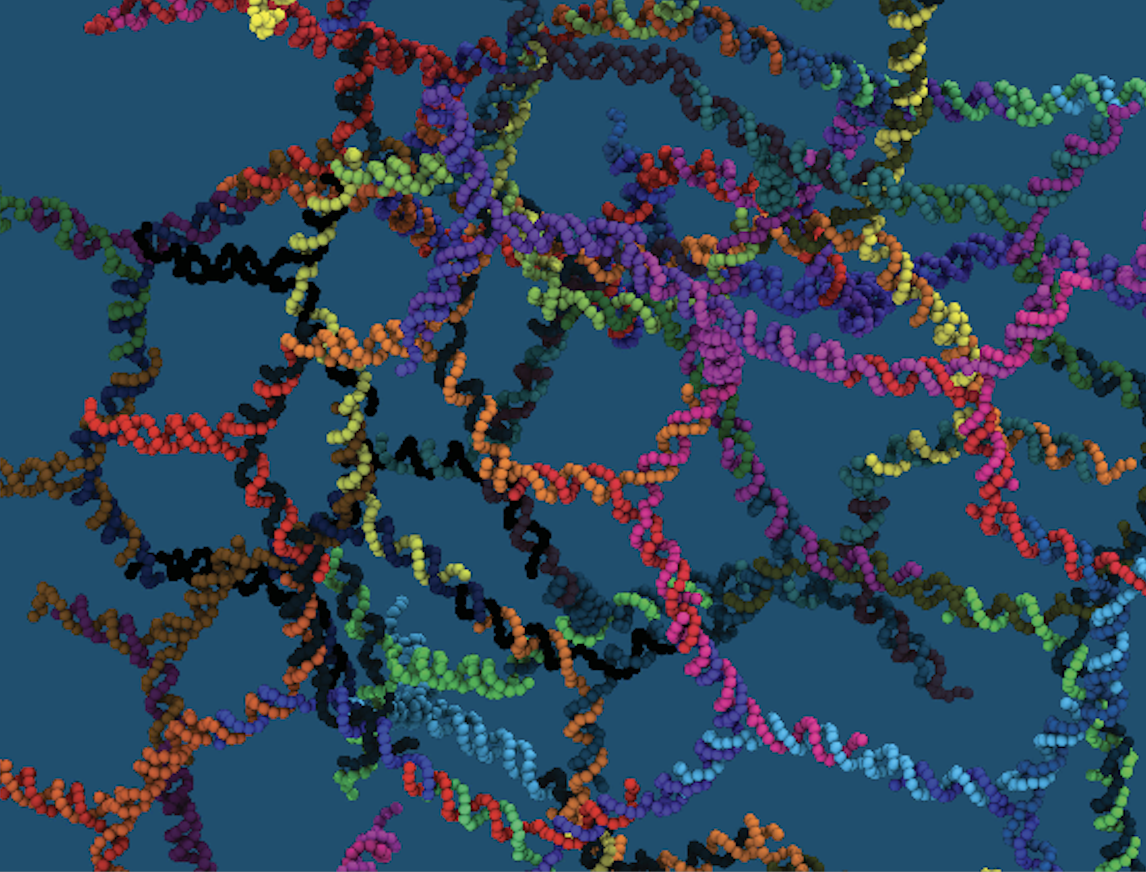 © DNA nanostars, Yair Fosado
© DNA nanostars, Yair Fosado
These three arms at the end contain sticky ends. Sticky ends are essentially unpaired nucleotides that are self-complementary. When they find another star, they come together and stick to each other. Many people are studying this system because it is simple, relatively cheap to make and a well-controlled way to use DNA to form materials.
When you put these stars together at a high enough concentration, you can form droplets — little droplets made of DNA stars. At an even higher concentration, what we are doing is forming hydrogels.
Hydrogels are essentially like a hockey puck — a disc that is mostly water, probably 90% or more, and a little bit of DNA — and it holds its shape.
Uses of DNA hydrogels
You can do a number of things with DNA hydrogels. For instance, some researchers have used the DNA nanostar structure to create bio-batteries. You can immobilize enzymes that eat a molecule, and by degrading it, they produce electrons that are harvested by anodes and cathodes to generate electricity.
Another way we are developing this material is to grow cells in it. We would like to grow cells to create tissue regeneration devices, or to deliver drugs or stem cells into internal wounds so that tissue can regenerate in situ. We use the DNA structure to change the material properties of the hydrogel once it is in place.
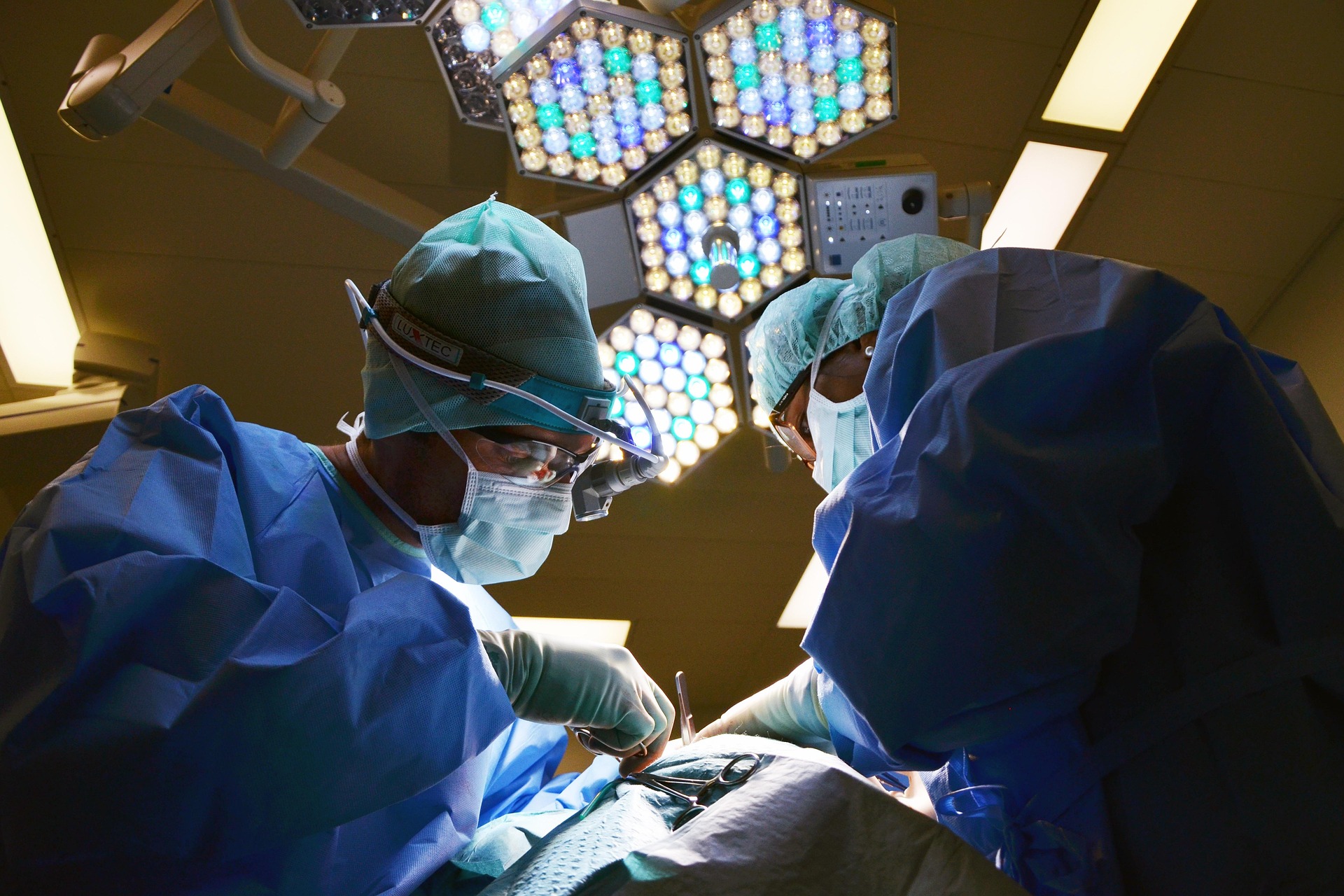 © Pixabay
© Pixabay
At the beginning, you might want it very strong — perhaps for regenerating a bone wound — and then, over time, you want the DNA hydrogel to degrade and become softer so the bone cells can fill the space properly. This is another example of an interesting material we are trying to develop using DNA.
Scaling DNA materials
One of the problems with DNA materials at scale is that you need a lot of DNA to make them. The scalability of DNA is still not great; it is quite expensive to synthesize. However, the cost of synthesizing and sequencing DNA is dropping rapidly. I expect that in the next five to ten years, the cost of making DNA oligos for nanoscale materials will not be much more than other polymers.
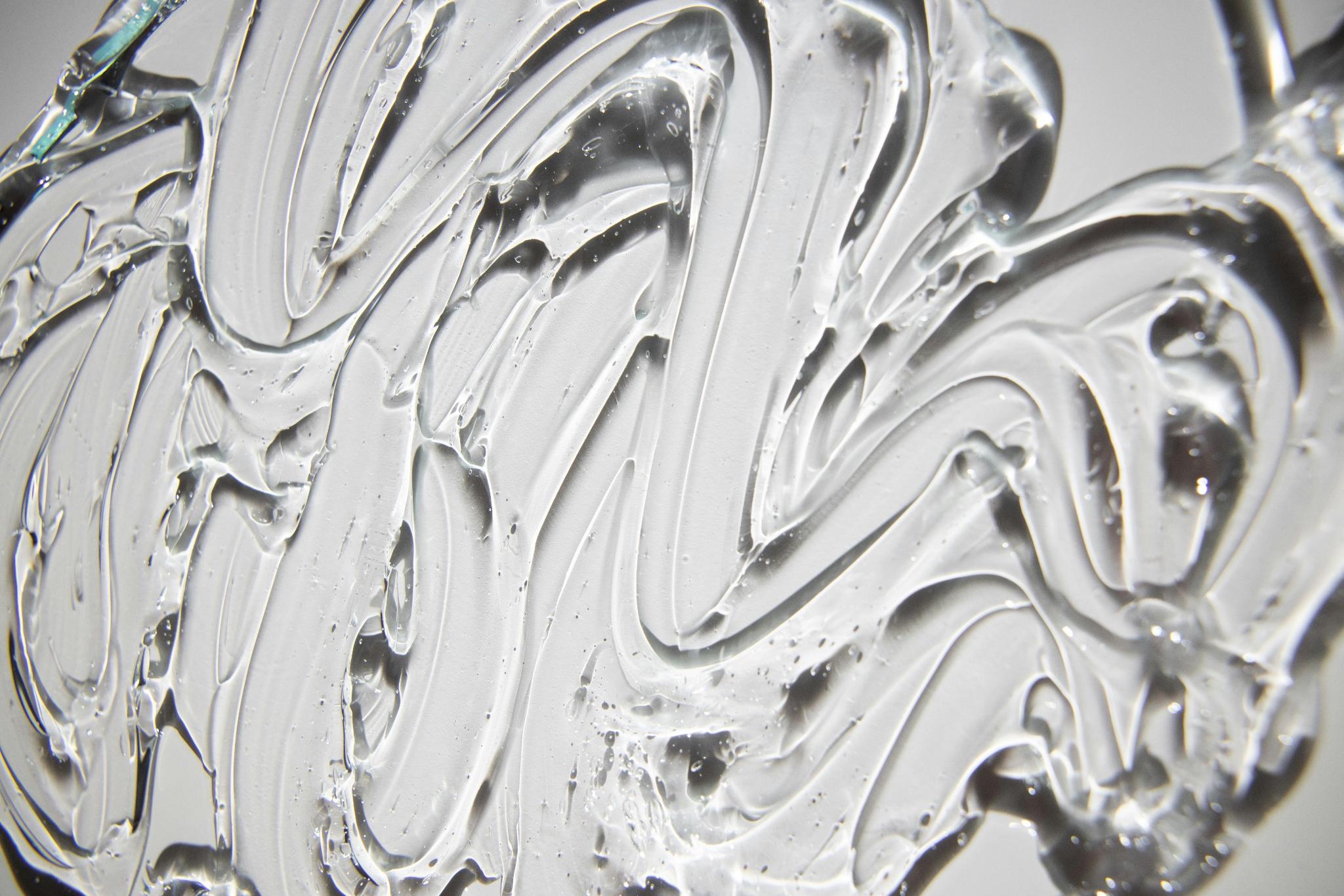 © Pexels
© Pexels
The benefits of using DNA — the selectivity, the orthogonal control over viscoelastic properties, the ability to manipulate the material with proteins and the fact that it is biocompatible, sustainable and recyclable — will outweigh the cost of producing DNA.
Are DNA materials safe?
There is not a big ethical concern in using DNA-based materials, because typically they are chemically synthesized or maybe taken from bacteria or viruses. We are not altering any germ line cells, any genome or any heritable genetic trait.
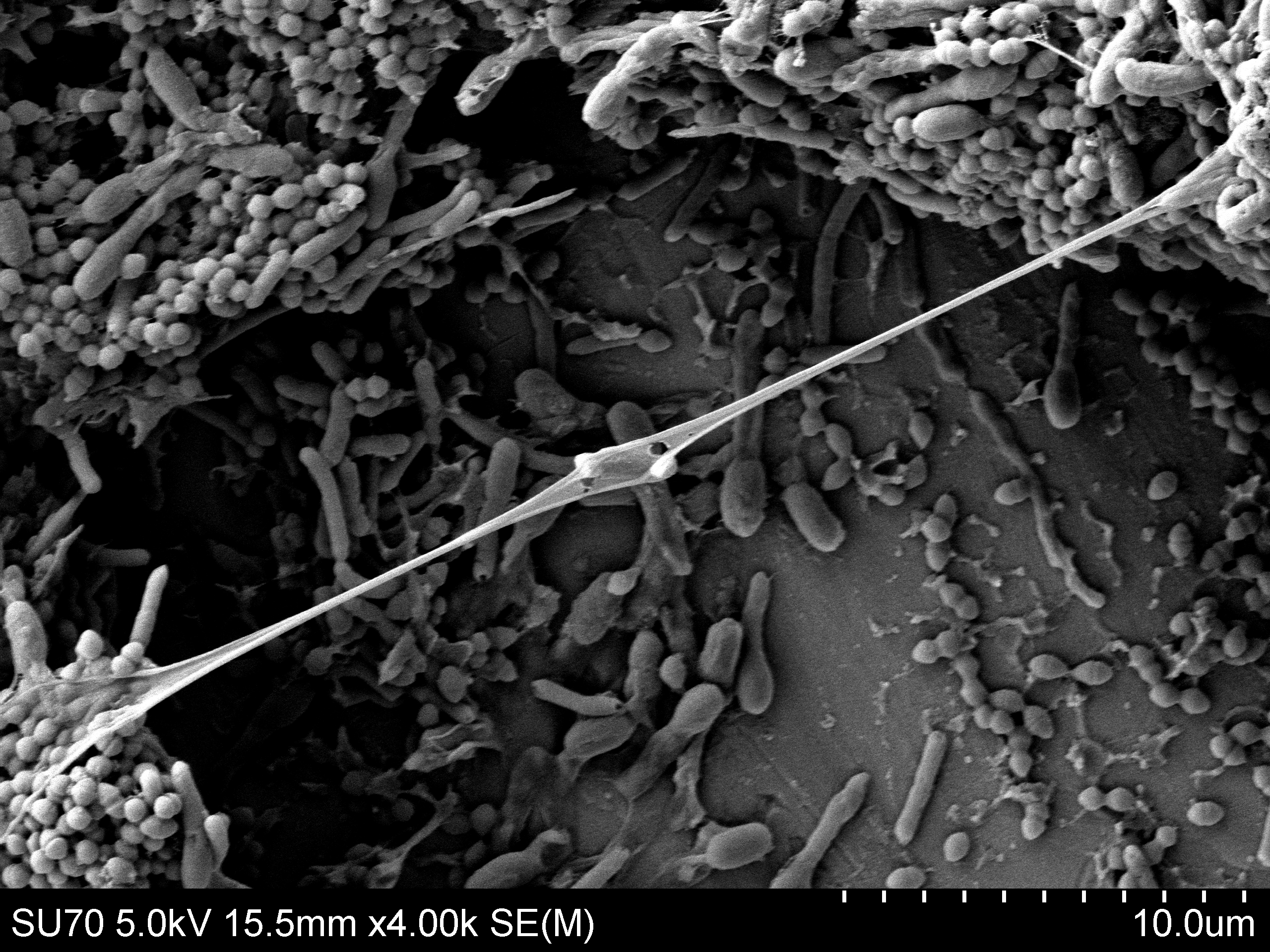 © Krzysztof A. ZacharskiIn via Wikimedia Commons
© Krzysztof A. ZacharskiIn via Wikimedia Commons
Even if injected into the body, DNA-based materials function similarly to an RNA vaccine or are even less impactful. There is already a lot of extracellular DNA in the environment, released when cells or bacteria die. In biofilms, for instance — collections of bacteria — there is a lot of DNA as well. DNA is really everywhere.
One misconception is that DNA is something to be scared of, or that if it is injected into the body or used in commercial applications, it will change your own DNA. This is completely wrong and a big misconception we need to address before DNA-based materials can be publicly accepted.
Editor’s note: This article has been faithfully transcribed from the original interview filmed with the author, and carefully edited and proofread. Edit date: 2025
Discover more about
DNA-based materials
Palombo, G., Weir, S., Michieletto, D., et al.(2025).Topological linking determines elasticity in limited valence networks. Nature Materials, 24, 454–461.
Michieletto, D. (2025). Kinetoplast DNA: A polymer physicist’s topological Olympic dream. Nucleic Acids Research, 53(2), gkae1206.
Tubiana, L., Alexander, G. P., Barbensi, A., et al.(2024). Topology in soft and biological matter.. Physics Reports, 1075, 1–137.
Michieletto, D., Neill, P., Weir, S., et al.(2022). Topological digestion drives time-varying rheology of entangled DNA fluids. Nature Communications, 13, 4389.
Michieletto, D. & Marenda, M. (2022). Rheology and viscoelasticity of proteins and nucleic acids condensates. JACS Au, 2(7), 1506–1521.